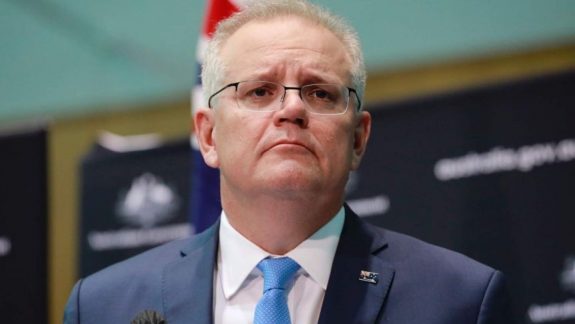“We need an enquiry into climate alarmism,” wrote Chris Kenny in The Weekend Australian, 29/8/2020).
“When it comes to our bushfires, climate change is so close to being irrelevant, it should hardly warrant a passing reference – we have always faced disastrous bushfire conditions and always will. If climate change makes the worst conditions either marginally more or less common, it matters not, we still need to do the same things to protect ourselves.
“In previous articles I have detailed the leading scientific analysis showing the main preconditions for the NSW fires – a long drought – cannot be attributed to climate change. Unless climate activists want to argue Australia could do something to alter the global climate sufficiently to reduce our bushfire threat, they are exposed as cynical campaigners who have used the sure bet of bushfires to advance their political scare campaign.”
Already in this article Kenny has exposed his own cynical campaign to try to prove that large bushfires are not connected with climate change, but have always been “catastrophic” – which is alarmist in itself. He says he has checked with “leading scientific analysis,” but he does not say which.
This suggests another possible enquiry – into climate change denialism. Kenny’s claim is that climate activists are merely being alarmist, catastrophist and apocalyptic – the usual IPA head-in-the-sand anti-science.
“The NSW bushfire enquiry released this week took a dive into the climate science – as it was tasked to do – and found, predictably enough, that climate change ‘clearly played a role in the conditions’ that led up to the fires and helped spread them. But thankfully it did not spend much time in its recommendations, merely suggests that climate trends needed to be monitored and factored in.”
Kenny was quite happy not think about climate change too much – or even think about it at all.
“Apart from exercises in politically correct box ticking – Indigenous training for evacuation centre staff so they are ‘culturally competent’, wildfire rescue training for fire fighters, and signs to promote ABC radio stations – most of the recommendations were practical. Better equipment for firefighters, more water bombers, more communication, public education and most importantly, a range of suggestions on fuel reduction around settled areas and planning controls on building in fire prone areas.”
See how Kenny ignores the climate change aspect. “The bottom line,” he says, “has always been obvious: the one fire input we can control is fuel, so where we want to control blazes or protect properties, we must reduce fuel.”
Such a learned and knowledgeable fire chief. No mention of reducing carbon emissions.
So perhaps we need to have an enquiry into ‘climate alarmism.’ How does it work?
A lengthy article in Wikipedia; 2019-2020 Australian bushfire season, has numerous sections which explain aspects of the subject in a balanced and more detailed way. Aspects examined include: overviews, regions affected, precedents, environmental and ecological effects, causes including drought/temperatures/climate change/disputed causes, misinformation, political responses, controversy. It is essential reading. It has far more balanced information than Kenny has attempted over months. He seems to be restricted to just a few points which tend to exclude climate change.
One of the topics in Bushfires in Australia in Wikipedia is Official Inquiries, which says this in part:
“A parliamentary report from 2010 stated that between 1939 and 2010 there have been 18 major bushfire inquiries, including state and federal parliamentary inquiries, COAG reports, coronial inquiries and Royal Commissions.
Another report published in 2015 stated there had been 51 inquiries into wildfires and wildfire management since 1939. The authors noted that Royal Commissions were not the most effective way to learn from bushfire events. Many of the inquiries have recommended ‘hazard reduction burning’ intended to reduce the available fuel and have set targets to burn a certain percentage of forest each year to reduce risk. Planned burns are difficult to do safely and many of the investigations and Royal Commissions have found these targets are seldom met. At the same time, fire management experts disagree how effective planned burning is.
In January 2020 during the 2019-2020 bushfire season, Prime Minister Scott Morrison raised the prospect of establishing anther Royal Commission. In an interview on ABC-TV 7:30 Morrison stated that any inquiry would need to be comprehensive and investigate climate change as well as other possibilities.”
So Kenny has had his thunder stolen from him on hazard reduction burning and he has been contradicted by Morrison – on the ABC, like a climate catastrophist!
“The push for an enquiry into [the fires] was largely driven by the climate catastrophists…They will be at it again, this fire season. They love making political capital out of disasters, although they go as quiet as Tim Flannery when it comes to full dams and widespread snowflakes.”
Remember how the deniers claimed that Tim Flannery said it would never rain again in Perth? He didn’t say that (see Tim Flannery Did Not Say Australia’s Dams Would Never Fill Again). And deniers love to ask: If there is climate change and global warming, why is there snow? Pathetic.
Kenny goes on to play ecologist about animal and plant recovery. He is also an expert on California; more of which later.
And he is bold enough to bring Michael Shellenberger into the discussion, the nuclear power man, the one who apologised for speaking climate science in the past, widely debunked. Perhaps he could also bring in the IPA, The Spectator, or Benny Peiser and his ‘Global Warming Policy Foundation,’ etc, who will tell us climate change is wildly overstated and that we need to speak with them politely, with calm rationale, gently, gently. Are they serious? Are these the “leading scientific analysis” Kenny mentions early in this article?
He criticises Fran Kelly of the ABC for saying in November that “the fire warning had been increased to catastrophic for the first ever time in this country”- and he says “that was wrong, wildly wrong.” He goes on to list dates of bushfires in Australia back to 1851. “None of this was new,” says Kenny. He quotes dates from 1951 and 1936 when their “bushfire induced shrouds of smoke” blocked Sydney skies, but these fires are not listed by Wikipedia as important fires. In our 2019-2020 fires, smoke spread past New Zealand and beyond to South America.
Let us take up Kenny’s challenge and look at the dates and data for fires in Australia – and not only those, but also across the world. Let us challenge the denier softly, softly approach.
Kenny claims there is “nothing new” about this data.
Black Thursday 1851 Vic. 5mha 12 deaths
1974-75 widespread 117mha 6
Black Saturday 2009 Vic. 450,000 173
Ash Wednesday 1983 SA, Vic 418,000 75
Black Tuesday 1967 Tas. 264,000 62
Black Friday 1939 Vic. 2mha 71
Black Summer 2019-2020 widespread 18.6mha 34 deaths
“Greater areas were burnt in 1851 and 1974-5 and human devastation was either as bad or worse“ (during the fires listed above), Kenny says.
But the 2019-2020 fires, for many people, look clearly the most “unprecedented” by a country mile.
So let us look at the 1851 Black Thursday fire in a Wikipedia article by that name.
It certainly was a “devastating” fire, perhaps “catastrophic” or even “unprecedented” at the time in Australia, burning a quarter of the state of Victoria. “The primary cause,” says the Wiki article, “of the catastrophic fires during this period lies in the poor understanding of local fire regimes and in inappropriate landscape management by settlers.” Along with drought, high temperatures and strong, hot north winds, of course.
And let us look at the 1974-75 fires which burnt 117mha of northern Australia. Wiki again tells us:
“The Australian Bureau of Statistics attributes the extent of the fires to ‘exceptionally heavy rainfall in the previously two years.”
“Stephen J. Pyne qualifies the season as the most destructive in terms of hectares burned among historical fires in Australia but added that ‘the 1974-75 fires had almost no impact and much of the damage was found by satellite after the fact.’”
No impact; “found after the fact,” after it had finished burning; 117mha burnt?
So when we look at Kenny’s last paragraph he wants to point to an inquiry into “climate alarmism, political posturing and media reporting.” We would learn much more from that, he says, “than we have from learning age-old fire preparedness from yet another bushfire enquiry.”
So what is the message? That we have known about “age-old fire preparedness” forever. We do not need another inquiry. We have known about all this without making preparations, he tells us. Not enough back-burning and hazard reduction? Not enough water bombers? Just “politically correct box-ticking” in the latest report? “Wildfire rescue training for fire-fighters“? “Better equipment, more communication”? Nah. Just fuel reduction and better planning control on building in fire prone areas. She’ll be right. No attention to climate change. (That’s the Murdoch/IPA approach.)
Bill Shorten had more preparation planned for fire management than Murdoch and the IPA. For example, he planned to get our own water bombers because it is becoming more difficult when the Californian and the Australian fire seasons are overlapping. But people do not take much notice of those matters – more about tax reductions.
So let us look at some wild fires around the world, keeping in mind we have some of the hottest years in the last ten. Five of the hottest years have occurred since 2015. Nine of the hottest years have been since 2005. There have been 43 consecutive years with land and ocean temperatures at least nominally above average.
A List of Wildfires, from Wikipedia
India, Feb.2019:
Massive forest fires broke out in numerous places across the National Park of Karataka state.
Arctic, June 2019:
Arctic wildfires emitted 50 megatonnes of CO2 – between 2010 – 2018 combined. Most carbon released from Alaska and Siberia but also included other Arctic regions; eg. in Alberta. In Siberia temperature was about 10 degrees higher in June 2019 than the average. In Anchorage, Alaska, on the 4th of July the temperature was 32 degrees, setting an all-time high for the town.
Europe, July 2000:
Fire in Southern Europe consumed forests and buildings in southern France, Iberia, Corsica, and much of Italy including much of the south, caused by the heatwave dominating Southern Europe, with the temperatures at 40-45 degrees.
Croatia, summer 2017:
Croatian wildfires burning in Istria all the way down to Dalmatia, 1500k
Portugal: 2016, 2017, 2018
Sweden, summer 2018:
A large number of wildfires occurred through much of Sweden. According to the Swedish Contingencies Agency, they are the most serious in the country in modern history. The summer was unusually warm and dry, significantly raising the risk of fire.
United Kingdom, 2019:
The UK fires were a series of fires which began on 26 Feb 2019 and ended on 18 May 2019. The series of fires was considered unusual due to the fact they took place early in the year. Areas affected by the wildfires included those that had been already burnt by wildfires in the summer of 2018. The fires have created many air pollution problems for the UK. The causes of many of these fires have been attributed to much higher average temperatures and drought conditions that have prevailed since the spring of 2018.There there were 137 wildfires larger than 25 hectares recorded in the UK in 2019. This beats the previous record of 79 from 2018.
North America:
British Columbia, 2017: The fire season is notable for three reasons: first, for the largest total area burnt in a fire season in recorded history; second, for the largest number of evacuees in a fire season (estimated 65,000 evacuees); and third, for the largest single fire ever in British Columbia.
California, Thomas fire: Largest wildfire in Californian history at the time (1889 Santiago Canyon fire may have been bigger).
British Columbia, 2018: Initial estimates put 2018 as the largest total burn area in any BC wild fire season, surpassing the historic 2017 wildfire season.
California, 2018: California Camp Fire: 18, 804 structures destroyed, 85 confirmed deaths, 2 missing, 17 injured, deadliest and most destructive wildfire in California to date.
South America, 2019:
The 2019 Amazon rainforest wildfires season saw a year-to- year surge in fires occurring in the Amazon rainforest and Amazon bioma with Brazil, Bolivia, Paraguay and Peru during that year’s Amazonian tropical dry season.
Chile, 2019: The worst in Chile’s history.
What we see here is a small selection of fires across the world. There are all kinds of points of discussion, including climate change, temperature rises, decline in rainfall, too much rain, drought, land care methods and others. Conditions are not all the same in every place.
A good place to start is looking a sites on Wikipedia, especially about our recent fires. One site looking at world wildfires is at carbonbrief.org; Explainer: How climate change is affecting wild fires around the world.
Among the descriptions of wildfires in the world can be seen not just data in terms of extent of the fires and damage done, but also claims that some of these figures represent records – and often occurring not long after the previous record made in recent years. Note also the frequent recurrence of wildfires in particular parts of the world. And how the incidence of fires and their extent often increase in parallel with the increase in temperature over time.
But it is about more than numbers. There is an old saying about lies, damn lies and then there are statistics. Take the 1851 fires mentioned by Kenny. What is not mentioned are the conditions at the time, not just the temperature and the wind direction, but also the firefighting conditions: the lack of motor vehicles to access the fires, roads, equipment, small population, no water bombers, land care.
The Black Summer 2019-2020 fires started in Queensland early in the season and continued down the east coast driven by strong wild winds from the west. Firefighters threw everything at it, but in the end they wished they had more. In a part of Australia with high population, we were lucky to lose only 34 tragic deaths in the midst of massive losses of property.
The Kenny solution rests heavily on the notion of hazard reduction, design of housing, and personal responsibility. Hazard reduction works in northern Australia in mid-year, the driest time of the year there, but not so easy in mid-winter or in the small windows of opportunity between winters and summers. There is controversy over that issue. We already have huge land-clearing which raises its own problems.
Kenny also downplays the role of climate change. For him it is irrelevant. But we know it is happening and its effects are visible and frightening. Even the latest Bushfire Commission Report warns that we can expect more frequent fires in the future.
So, what else is said by the sceptics? Jennifer Marohasy, editor of the Murdoch IPA publication; Climate Change: The Facts 2017, tells us that readers will find many unusual snippets in the range of sceptic authors – in fact, contradictions – which she hopes will be reconciled over time into a coherent explanation of what is happening with climate. How it might be possible to reconcile Ian Plimer’s claim that CO2 has nothing to do with climate change with Bob Carter’s assertion that CO2 is a powerful greenhouse gas is an idea not easily believable. There is no coherent science of denial.
What is plainly obvious is that far from an inquiry into “alarmism” – as Kenny calls IPPC science – what is needed is an inquiry into the miasma of misinformation which is sceptic denial.
Like what we do at The AIMN?
You’ll like it even more knowing that your donation will help us to keep up the good fight.
Chuck in a few bucks and see just how far it goes!

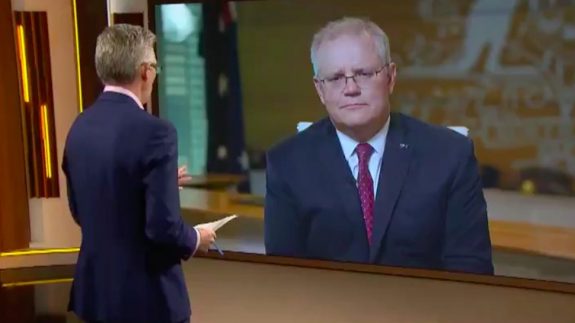










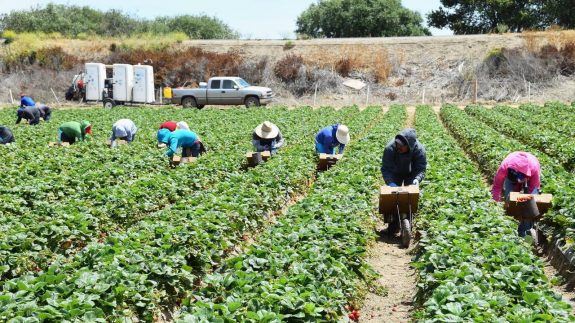






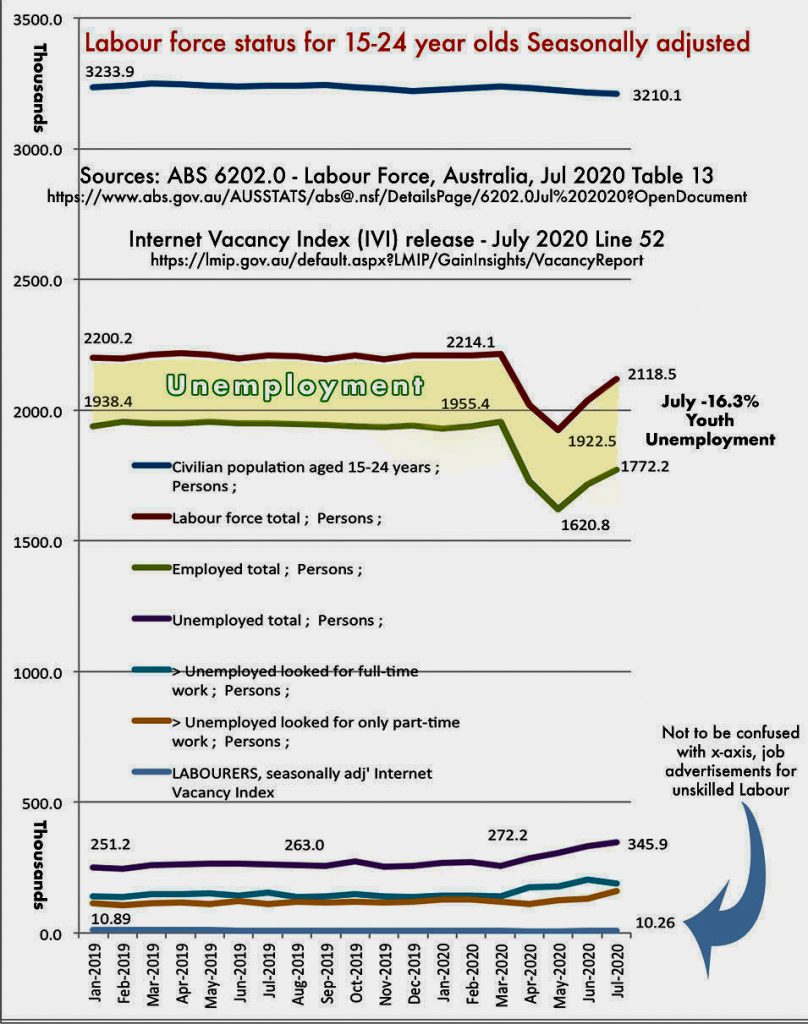
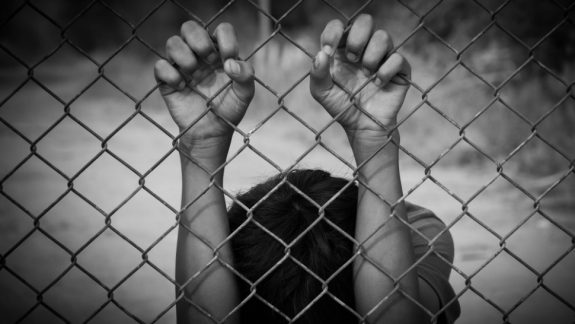
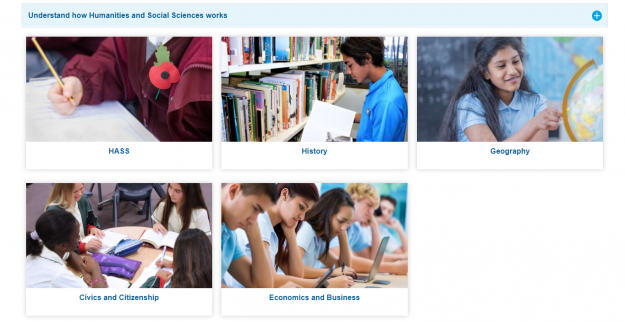






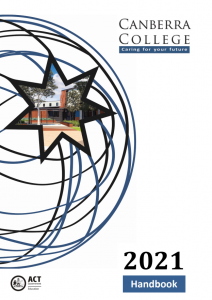 During my teaching career, I was really impressed by behaviour management at schools like Phillip Senior College in the ACT. It is now called Canberra College with its two campuses in the Woden Valley and Weston Creek.
During my teaching career, I was really impressed by behaviour management at schools like Phillip Senior College in the ACT. It is now called Canberra College with its two campuses in the Woden Valley and Weston Creek.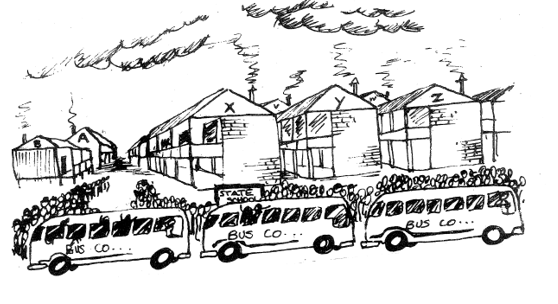



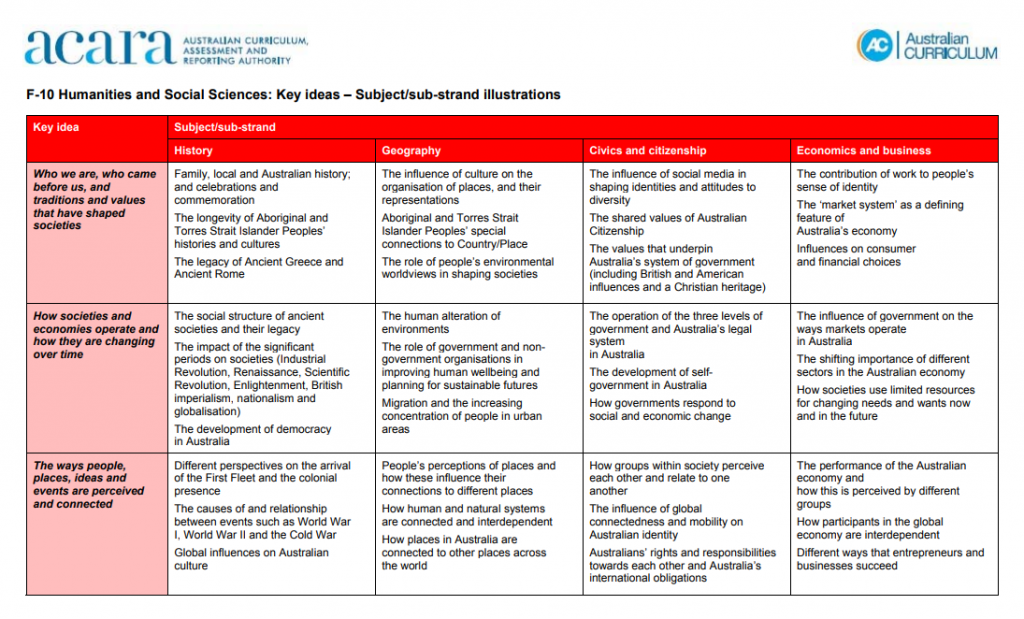

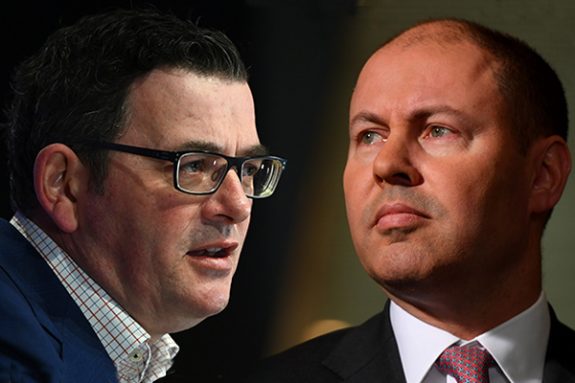
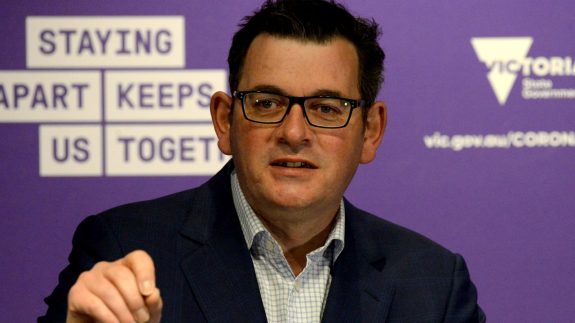
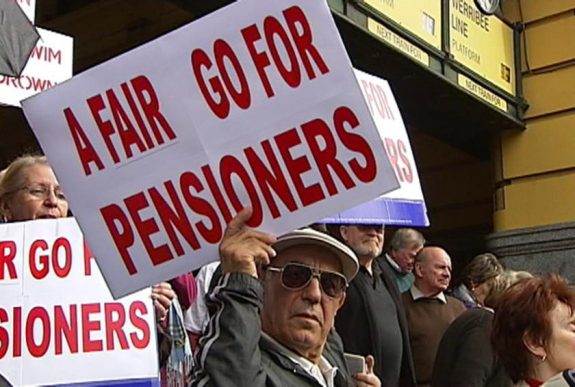



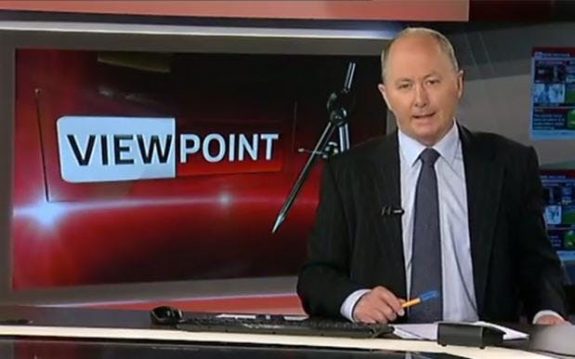
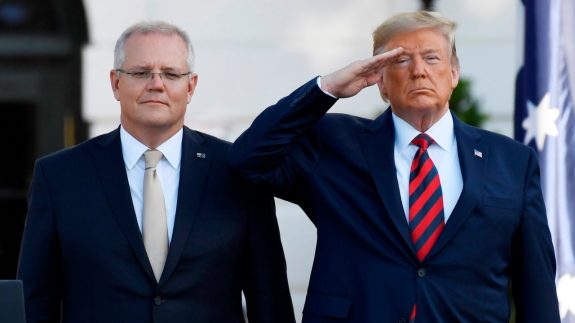

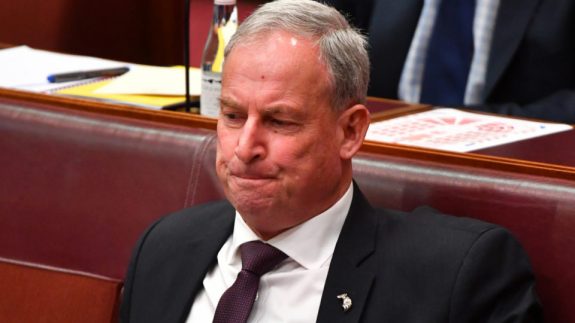
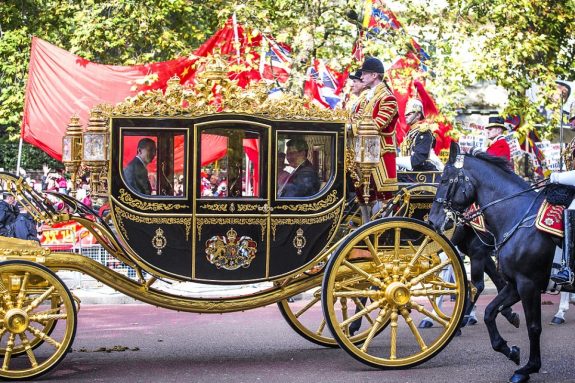




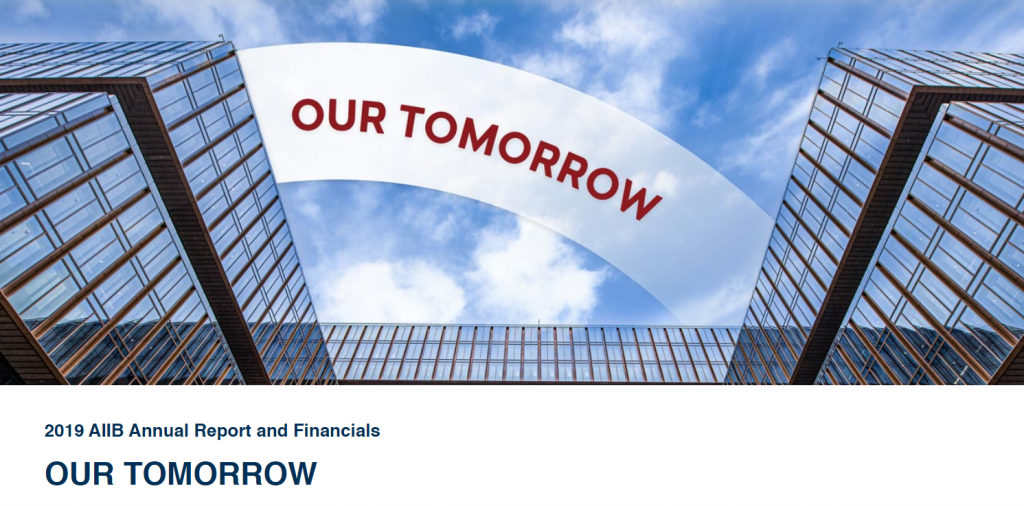



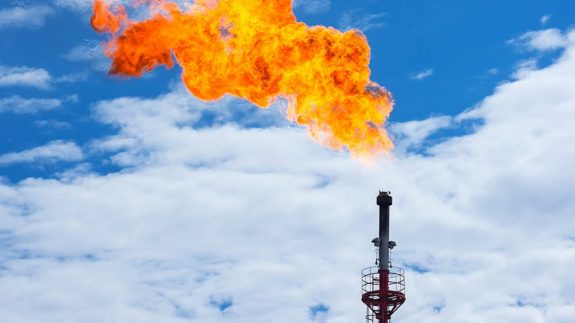
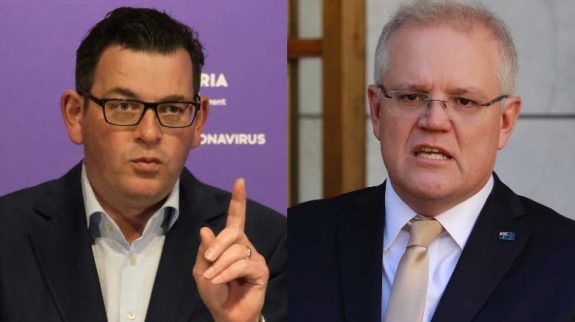
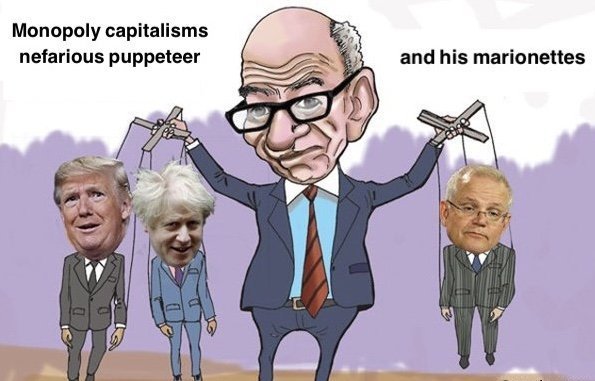
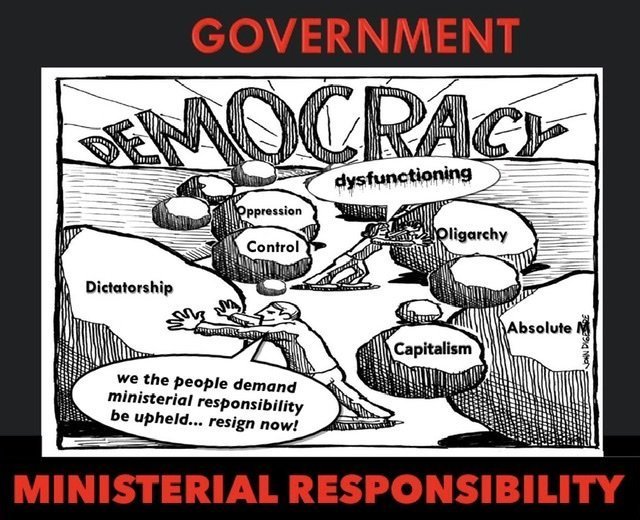

 Leonie Saunders is benevolent dictator of Connecting the Dots, proud lefty feminist. Adores children and animals. Despises greedy union-bashing, power-abusing corporate polluters.
Leonie Saunders is benevolent dictator of Connecting the Dots, proud lefty feminist. Adores children and animals. Despises greedy union-bashing, power-abusing corporate polluters.